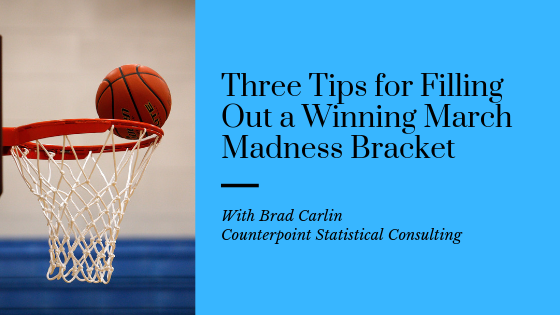For many decades Music Therapy has been widely practiced within the medical community as a method of addressing numerous health concerns and ailments. More recently, the practice of utilizing music therapy for other applications has become more widespread.1 One particular field that has been rapidly growing within recent years is the application of Music Therapy in the workplace.
Many employers have recognized the benefits of offering Music Therapy as a way to help promote health and wellness among their employees. When facilitated by a qualified Music Therapist, both passive (listening and enjoying) and active (playing and creating) Music Therapy has been shown to boost employee morale, promote collaboration, and improve overall productivity within the workplace.
Here’s a quick look at some of the most common benefits of Music Therapy in the workplace:
Improves Productivity
Trained Music Therapists can help teach your employees how to intentionally use music throughout their workday to help improve their mood, focus, and productivity at work.2
Promotes Health and Wellness
Recent research has specifically detailed the health and wellness benefits of Music Therapy when used within a medical setting. In the workplace, Music Therapy can help to reduce stress, improve moods, and boost employee’s immune systems.3
Increases Collaboration
Playing, listening, and creating music in a team environment can help your employees to connect more deeply and promotes better communication among your employees.4
_______________________________________
1. [https://www.musictherapy.org/about/history/↩
2. [https://content.iospress.com/articles/work/wor01410]↩
3. [https://search.informit.com.au/documentSummary;dn=566436047272311;res=IELHEA]↩
4. [https://www.tandfonline.com/doi/abs/10.1080/08098130609478159]↩
